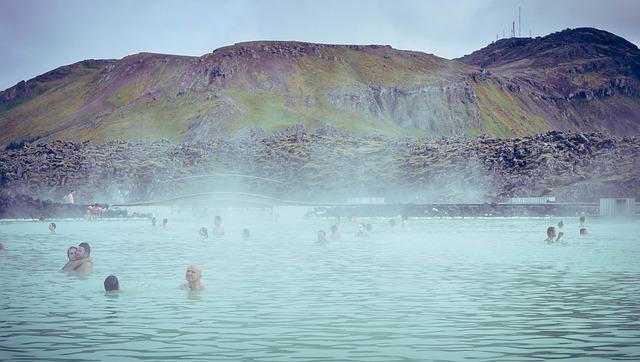, also known as water therapy, is a treatment approach that involves utilizing the properties of water to promote physical and mental well-being. From ancient civilizations to modern-day spas, hydrotherapy has been used for its therapeutic benefits. In this article, we will explore the history, principles, and benefits of hydrotherapy, as well as the various techniques and applications of this time-honored practice. , also known as Aquatherapy, is a natural approach to healing and wellness that uses water to soothe pain and treat disease. The water’s temperature and pressure are manipulated to stimulate blood circulation and consequently promote healing and wellness. Various research studies have confirmed its effectiveness in aiding post-surgery recovery, relieving chronic pain, and improving mental wellbeing. Furthermore, it can reduce stress levels, boost immune function, and aid in physical rehabilitation.
Techniques
There are numerous hydrotherapy techniques available, each with its unique benefits and uses. Hot Baths are perfect for relieving muscle tension and promoting relaxation. They are highly beneficial for people suffering from arthritis or those undergoing physical rehabilitation. Cold Friction, on the other hand, is the application of cold water in a brisk, stimulating manner. It’s excellent for refreshing the body, reducing inflammation, and is often used in sports therapy for injury management. Lastly, Steam Showers offer a humid variation of hydrotherapy which have been known to assist respiratory health, cleanse the skin, and aid relaxation.
Benefits of
- Stimulates Blood Circulation
- Relieves Pain and Muscle Tension
- Aids in Physical Rehabilitation
- Boosts Immune Function
- Improves Mental Wellbeing
Precautions and Risks
While hydrotherapy is generally safe, precautions should always be taken. Too much heat, for example, can lead to dizziness or fainting. Some people may also have a negative reaction to cold water. It’s advised to always have supervision when participating in any form of hydrotherapy. For further information on precautions and potential risks involving this treatment, consult a licensed hydrotherapist or visit this dedicated Wikipedia page.
Conclusion
is a versatile, natural form of treatment that can enhance overall well-being. However, like any healthcare regimen, it must be managed safely to ensure its benefits outway potential risks.
Q&A
Q: What is hydrotherapy?
A: is a type of therapy that involves the use of water to promote healing and overall well-being.
Q: How does hydrotherapy work?
A: works by using water at varying temperatures, pressure, and movements to stimulate blood flow, relax muscles, and reduce pain.
Q: What are some common types of hydrotherapy treatments?
A: Some common types of hydrotherapy treatments include hot baths, cold compresses, steam baths, water massages, and underwater exercises.
Q: What are the benefits of hydrotherapy?
A: can help to alleviate muscle soreness, improve circulation, reduce stress and anxiety, boost the immune system, and promote relaxation.
Q: Who can benefit from hydrotherapy?
A: can benefit individuals of all ages, including those with arthritis, fibromyalgia, sports injuries, and stress-related conditions.
Q: Are there any risks or side effects associated with hydrotherapy?
A: While hydrotherapy is generally safe, it is important to consult with a healthcare professional before starting any hydrotherapy treatments, especially if you have a medical condition or are pregnant.
Q: How frequently should one undergo hydrotherapy treatments?
A: The frequency of hydrotherapy treatments can vary depending on individual needs and goals. It is best to consult with a therapist to determine the most effective treatment plan for your specific condition.
Conclusion
In conclusion, hydrotherapy is a beneficial treatment that has been used for centuries to help improve various health conditions. By harnessing the power of water, hydrotherapy offers a natural and non-invasive way to soothe ailments and promote relaxation. Whether it’s through soaking in a hot tub, taking a cold plunge, or enjoying the benefits of a hydrotherapy massage, there are plenty of ways to incorporate this healing practice into your wellness routine. Remember to always consult with a healthcare professional before starting any new treatment regimen, and enjoy the rejuvenating effects of hydrotherapy on both your body and mind.





